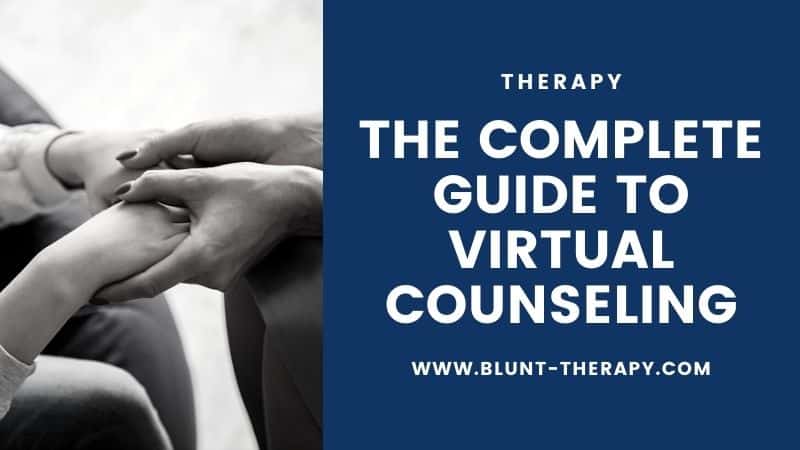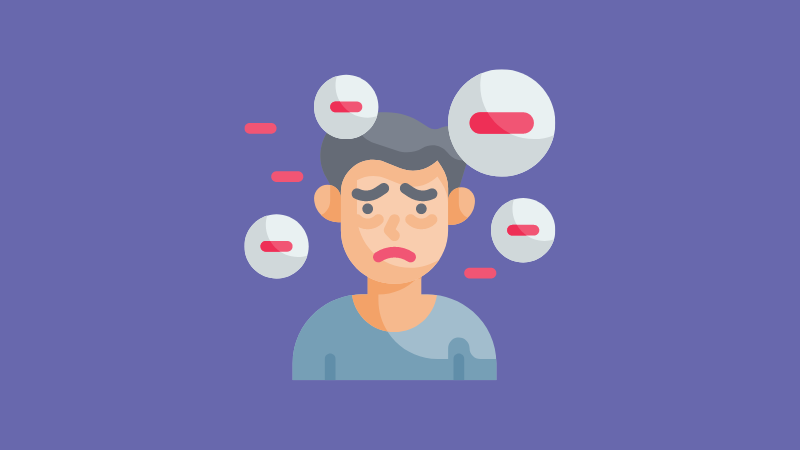Table of Contents
Affiliate link notice: As an affiliate of BetterHelp and other third-party vendors, We will receive compensation if you make a purchase using the links provided on this page. For more information, visit our disclosure page.
Last Updated on August 27, 2023 by Randy Withers, LCMHC
In 1987, Dr. Francine Shapiro made a chance discovery that changed the world of trauma therapy forever.
While walking in a park one day, Dr. Shapiro noticed her eyes making spontaneous movements while she was thinking about an upsetting topic. She also noticed the emotional distress she felt significantly reduced as her eyes moved.
Curious about her discovery, Dr. Shapiro began encouraging her therapy clients to move their eyes back and forth while thinking about traumatic events they’d experienced. Many of them reported something similar to Dr. Shapiro – a spontaneous decrease in distress related to their trauma.
These early sessions were just the beginning of what would later become one of the most popular trauma therapies in the world – eye movement desensitization and reprocessing.

What Is EMDR?
Eye movement desensitization and reprocessing (EMDR for short) is an eight-phase therapy model. The phases of EMDR treatment are:
- History taking and treatment planning
- Preparation
- Assessment
- Desensitization
- Installation
- Body scan
- Closure
- Reevaluation
Each phase has specific steps that guide the client toward their ultimate goal of treating their PTSD. Explaining each phase is beyond the scope of this article, but if you’re curious about them, you can check out this article.
How Does EMDR Treatment Work?
During a normal, average day, your brain is constantly processing and storing memories. Because most of these memories are unremarkable, they will be saved in your long-term memory.
When something traumatic happens, it can overwhelm your brain’s ability to process memories. These unprocessed memories often contain the images, smells, sounds, emotions, thoughts, and body sensations associated with the trauma.
EMDR suggests that PTSD is caused by these unprocessed memories. Instead of being filed away, they continue to create distress as they flood your brain with memories of the trauma.
Dr. Shapiro explained this theory well when she said, “The past affects the present without our being aware of it.”
EMDR helps by processing the memories associated with your PTSD. The key to storing these memories is something called “bilateral stimulation” (BLS).
During an EMDR session, the client will think about a traumatic memory. As they do, the therapist will apply BLS to the client. There are lots of forms of BLS, such as following the therapist’s fingers back and forth with your eyes, holding a pair of buzzers that gently vibrate in each hand, or listening to alternating tones with headphones.
We don’t understand why, but research shows that BLS naturally activates the brain’s ability to process trauma. There are several different theories about how it works, and you can check out a list of them here.
What Is EMDR Treatment Like?
During your first EMDR treatment sessions, your therapist will spend time getting to know you and learning about your past. You’ll set goals for therapy before learning coping skills to help you manage your PTSD.
Next, you and your therapist will identify a list of “target memories.” These are the unprocessed memories responsible for creating your PTSD.
Not sure where to begin? No problem. Your therapist should be trained to guide you through several techniques that can help identify the memories that need to be processed.
After creating a list of memories, you’ll also identify a list of “present triggers.” These are the sights, sounds, smells, places, and situations that trigger your PTSD. One of the great things about EMDR is that you’ll not only desensitize yourself to your disturbing memories, but also to your present triggers.
Finally, it’s time to begin processing. Your therapist will ask you a series of questions to “activate” the memory you want to target. Activating a memory simply means that you’re bringing it into your conscious awareness so your brain can process it.
After activating the memory, your therapist will begin to apply BLS. Your job as the client is to notice what’s happening to the memory. Most people report a change in their thoughts, emotions, or the mental picture associated with the memory.
A helpful analogy to use about the client’s role is watching the landscape pass by while riding a train. Just like a train passenger is a passive observer to the world flashing by, the client’s job is to just notice what’s happening as their brain processes the memory.
It’s normal to experience some distress during processing. However, your therapist should be trained to help you manage this distress. It’s not normal or helpful to feel overwhelmed or flooded during processing – if you do, it’s important to tell your therapist.
After processing each of the target memories, you’ll process the present triggers. You should notice a decrease in your PTSD as you continue therapy, though it’s very normal to notice a slight increase in symptoms after your first few EMDR sessions – keep at it and you’ll notice results soon!
If you want to learn more about what it’s like to experience EMDR, you can check out this video on the EMDR International Association (EMDRIA) website.
What to Look for in an EMDR Therapist
Because of its growing demand, many therapists are getting trained in EMDR. However, these training courses are not created equally.
It’s important to find a therapist who has been taught by a credible source. Organizations like EMDRIA or the EMDR Institute offer high-quality trainings for therapists interested in EMDR.
Additionally, it’s important for new EMDR therapists to receive consultation to ensure they are implementing EMDR treatment correctly.
If you are unsure about your therapist’s training or qualifications, you should ask them. They should be able to provide you with their credentials and explain why they’re doing what they’re doing. EMDR is a powerful tool and can be harmful if not implemented correctly.
Does EMDR Work?
If you’re skeptical about EMDR, you’re not alone. The idea that eye movements can reduce PTSD seems almost too good to be true. However, research and clients alike can attest that EMDR is a safe and effective option for treating PTSD.
Additionally, the American Psychological Association has given EMDR a “conditional” recommendation for treating PTSD, stating that more research may make is a “strongly” recommended trauma treatment.
Final Thoughts
In summary, EMDR can be a powerful tool in helping survivors recover from their trauma. We don’t know for sure why EMDR treatment works, but people around the world have benefited from it. Keep in mind that it’s important to find a competent EMDR therapist who has experience implementing this modality safely.
If you’re interested in EMDR, check out websites like Psychology Today or the EMDRIA provider directory. You should be able to find an EMDR therapist who can help you get started.









